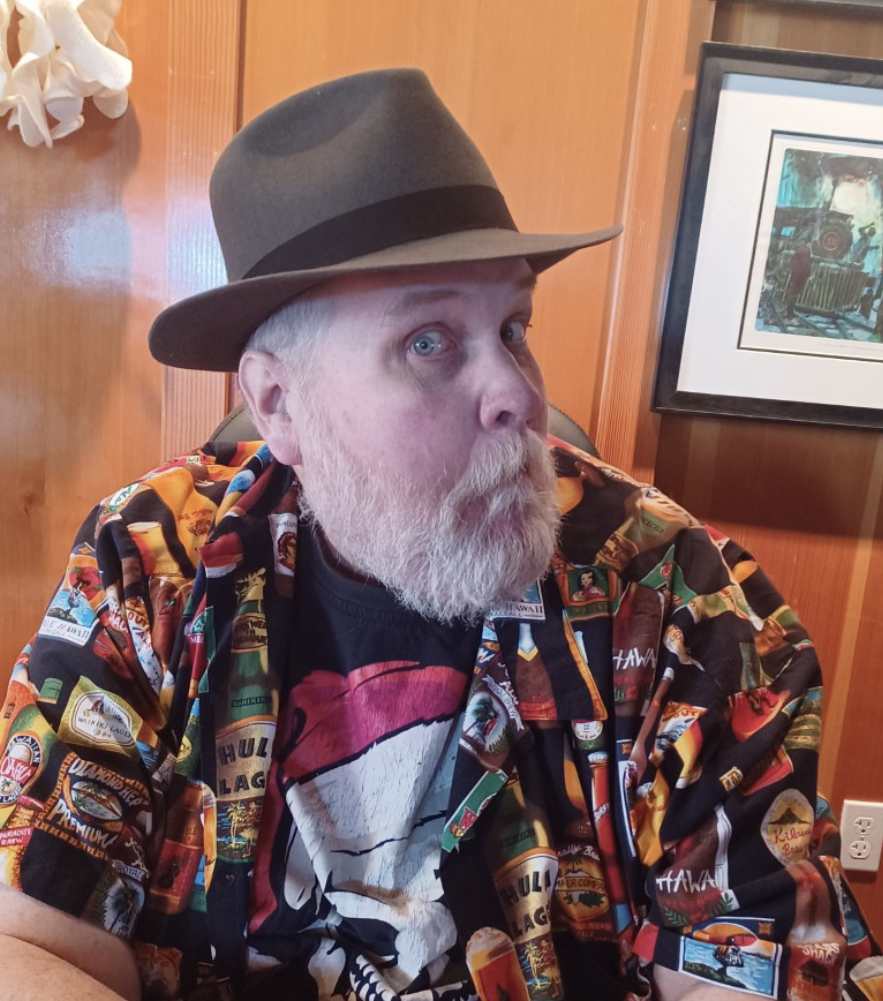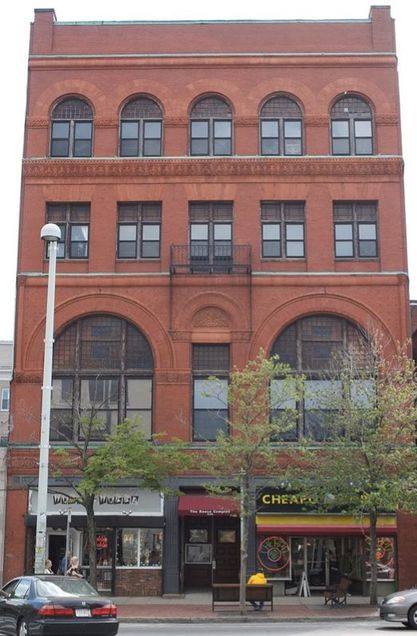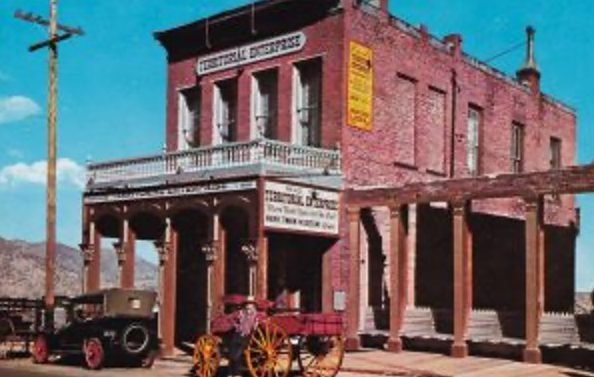
Alumni Spotlight; M.A. 1989
Bert celebrated his retirement from historic preservation in 2022, after having completed his Masters in Preservation Studies in 1989. This Californian native has had a long career working in many State Historic Preservation Offices (SHPO) across the western states, including South Dakota, Idaho and Nevada. His most recent job entailed working with the Nevada SHPO in the Comstock Historic District, an historic mid nineteenth century mining town in Virginia City. He has a long-standing love of the vernacular architecture of the region. Bart has a particular interest in the local roadside history, such as old structures and signage. He has been a long-time contributor and supporter of the nation-wide Society for Commercial Archaeology (President for one year and on the Board for nine years) and encourages us all to consider joining this interesting and fun group.
How do you look back at our Preservation Studies program? Was it practical, hands on or more theoretical in terms of training students to enter the field, and what do you recall as some strengths of the program?
When I was at BU in the late 1980s our classes were designed as practicums. Each of the core preservation courses worked directly with the Boston community in analyzing and accessing a real-life project. We learned the skills and preservation knowledge by researching and presenting projects. I believe we spent more time together outside of the classroom than in. Richard Candee was our director and he brought tremendous architectural history knowledge to the program but was also a great guy to work with.
For example, in our Adaptive Reuse class, we were assigned to find a way to reuse the Odd Fellows Building, designed by Hartwell and Richardson’s office in circa 1884 in full brick Boston Romanesque architecture. Located in Central Square in Cambridge, Massachusetts. In the late 1980s it was virtually impossible to create a successful reuse of a structure in the context of the turbulence of the neighborhood. Roger Lang, FAIA called it an “A+ for building, but C- for the location.” This assignment was an excellent lesson that sometimes, adaptive reuse is not an option due to the neighborhood pressures. In our assessment of the structure, we determined that the existing dance studio was the best use of the space. I’m very excited to learn it is still being used as such; proof that a dance studio was the best use of the building. In the revitalization of the neighborhood, the Odd Fellows Building remains to this day a remarkable gem.

Today, the program has core courses, electives and concentration courses that draw interdepartmentally from many classes, together with an internship and Capstone. Preservation is a continuously evolving field, can you say something about the core courses when you were here?
There was a core set of preservation classes as a central piece of the degree program, including Preservation 101 (for all first semester students), Neighborhood Preservation, Adaptive Reuse, and Material Culture. For Neighborhood Preservation we studied and visited the Waterfront Historic District in New Bedford, Massachusetts. It was first a significant whaling district, and then later there were extensive textile mills. In the last half of the twentieth century, it was a heavily working class Portuguese neighborhood. It was an excellent place to understand the concepts of neighborhood, preservation, and evolution of place.
Both the hands-on training and the community amongst the cohorts, professors, and the Boston professionals all lead to a solid understanding of preservation practice. One thing that was important to me was my cohort. In 1989 we were a large group – there were twelve of us. We are still close today.
Which were your favorite courses, or which ones truly resonated in your work?
Our last semester we took a double-credit Preservation Planning course. Our course worked with the town of Groton, MA to produce an actual, comprehensive town and community preservation plan. One piece of this project was discovering a small community in West Groton of old mill buildings, both industrial and residential. It was remarkably intact, and we were able to document it well enough for it to become an historic district.
Where did you work for your internship?
I had an amazing, paid fellowship with the National Endowment for the Arts. They had funded an exhaustive bibliography of New England, one volume per New England state. I traveled all over New England, documenting the resources in various towns and cities.
When you were working with the various State Historic Preservation Offices, what kind of work were you doing in first in South Dakota and Idaho?
I did not find a job straight out of graduate school. The economy was terrible, and jobs were hard to come by. Since I had a law degree before coming to BU, I worked as a paralegal for six months before landing a job with the South Dakota State Historic Preservation Offices. In this job, I was responsible for planning and surveying. I stayed there a short amount of time, moving on to Idaho as an architectural historian for the State Historic Preservation Offices. My last career move was to the Comstock Historic District in Virginia City, Nevada, under the auspices of the Nevada State Historic Preservation Offices. For the Comstock Historic District, I was in charge of Design Review, the cultural museum, a stream train, and the maintaining of rich mining assets from around 1880.
Can you educate us a bit on the Comstock Historic District Commission and this mining town?
I spent 23 years and 2 months with the Comstock Historic Commission. It is a wonderful place with layers of interesting cultural history. Fundamentally it is an old gold and silver mining town that was established in 1859. The entire town burned in a fire and was rebuilt very quickly. Our period of significance was originally 1859-1880, and expanded to 1942. The majority of historic building stock is from narrow window of 1876-1880.

But there are efforts underway to broaden the period of significance to encompass changes made to the town afterwards. I call this the “bonanza-ifacation” of Comstock; the reimaging of the buildings to match the ideal of the old west as seen on TV. These stylistic changes have left their mark on the town. As did the Hippies of the 1960s and ’70s. It is said that the acid test as later manifested in the psychedelic scene in San Francisco was first developed at the Red Dog Saloon in Virginia City during the summer of 1965. My lecture at the Comstock History Centre in April 2019 entitled “Hucksters and Bohos and Hippies, Oh My!” explains much of this history.
Contributors: Michael A. “Bert” Bedeau, Kristen Dahlmann and Jan Haenraets
Return to the Alumni menu.